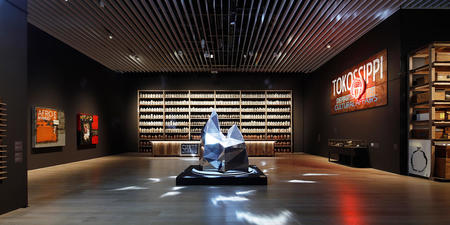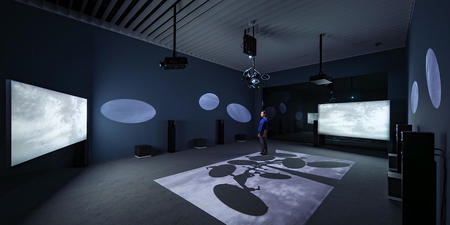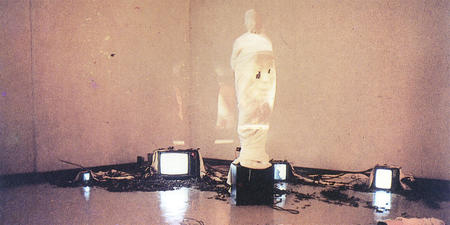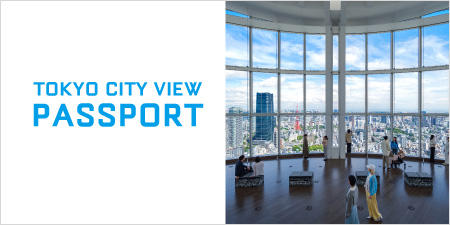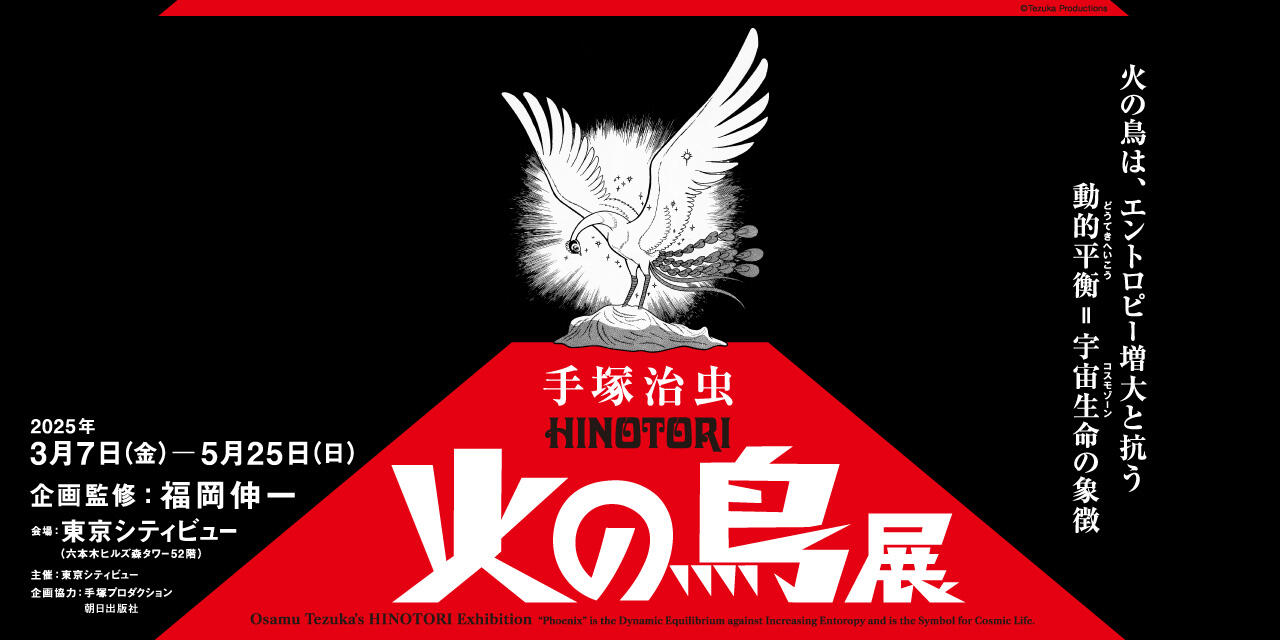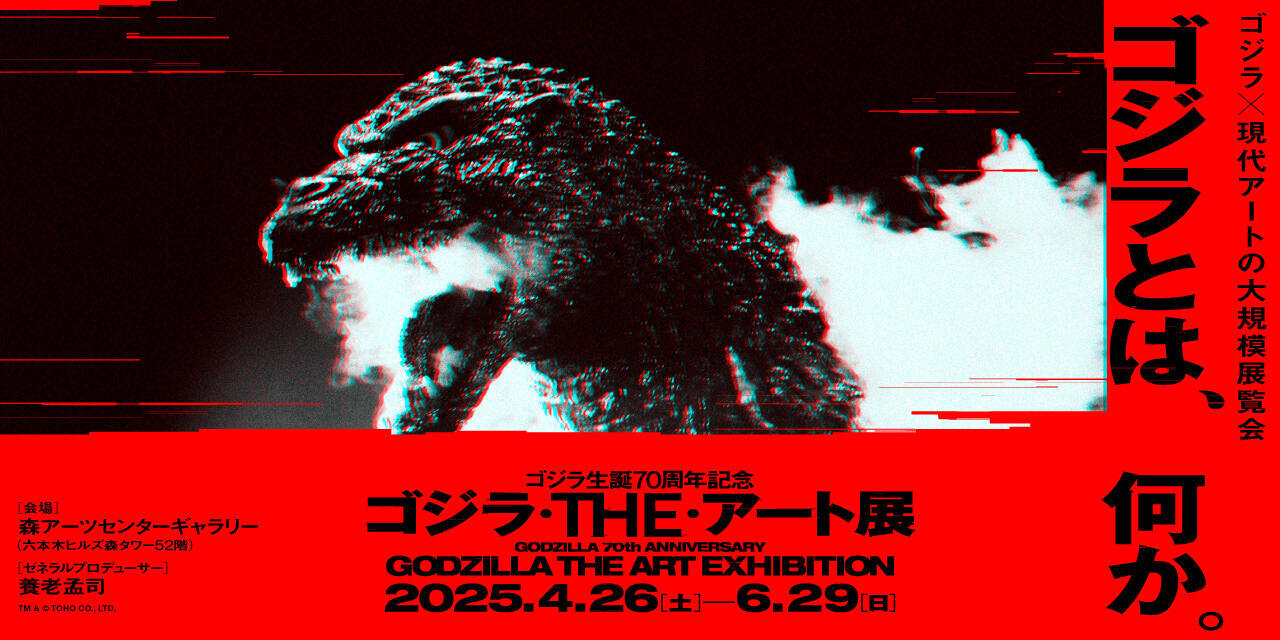This screening focuses on the activities of Taiwanese pioneers who created works of art using the latest video technology in the 1980s and 1990s. MAM Screen 019: The Dawn of Taiwanese Video Art in the 1980s-1990s (Screening) and MAM Research 010: The Dawn of Taiwanese Video Art in the 1980s-1990s (Exhibition) bring together the essence of Rewind: Video Art in Taiwan 1983-1999, a large scale exhibition that featured Taiwanese video art pioneers and was held at the Kuandu Museum of Fine Arts, Taipei in 2015.
Taiwanese video art first emerged in 1983-1984. In 1983, Kuo I-Fen created the first video installation in the Taiwanese art scene for the University of Tsukuba (Ibaraki, Japan) master’s degree entrance examination during her studies in Japan. Later that year, Kao Chung-Li showed a work using a surveillance camera and a monitor in his own photography exhibition in Taipei. It is said that Chen Chieh-Jen created a video work referring to the surveillance society during the same period.
Subsequently, leading artists of the current Taiwanese art scene, such as Wang Jun-Jieh and Yuan Goang-Ming, began creating video works. Toward the end of the 20th century, expression had diversified and the number of artists working with video increased.
In MAM Screen 019, five works are screened in chronological order. To highlight the diversity of Taiwanese video art, the program includes works with social messages and references to mass media as well as those incorporating experimental video techniques and documenting performance.
Documentation of MAM Research 010: The Dawn of Taiwanese Video Art in the 1980s-1990s (Exhibition), which was held simultaneously with MAM Screen 019 has been published.
It includes commentary on the works screened in this exhibition. Click here for details.
Works Screened
1. Hung Su-Chen, East/West, 1984/1987, 3 min. 31 sec., Collection: M+, Hong Kong
2. Yuan Goang-Ming, On the Way Home, 1989, 13 min. 29 sec.
3. Wang Jun-Jieh, Killer Girl, Odyssee III, 1990, 10 min.
4. Chen Cheng-Tsai, Toll of a bell, 1994-1995, 2 min. 40 sec.
5. Lin Chun-Chi, Das Glas II (The Glass II), 1997, 9 min. 14 sec.
Screenings last approximately 40 minutes in total and begin at 10:00, 11:00, 12:00, 13:00, 14:00, 15:00, 16:00, 17:00, 18:00, 19:00, 20:00, 21:00.
* The last screening begins at 16:00 on Tuesdays (excluding April 30, and August 13), as the museum closes at 17:00.
Notice about MAM Screen 019
Due to some programs and events scheduled, the screening may be temporarily unavailable during the time-frame as below.
- 10:00-13:00, Sunday, July 7, 2024
- 16:00-22:00, Friday, July 19, 2024
- 10:00-18:00, Saturday, July 20, 2024
- 10:00-18:00, Sunday, July 28, 2024
- 16:00-22:00, Thursday, August 1, 2024
- Friday, August 2, 2024 (all day)
- 10:00-17:00, Thursday, August 15, 2024
* Please note that unavailable dates and times may be added.
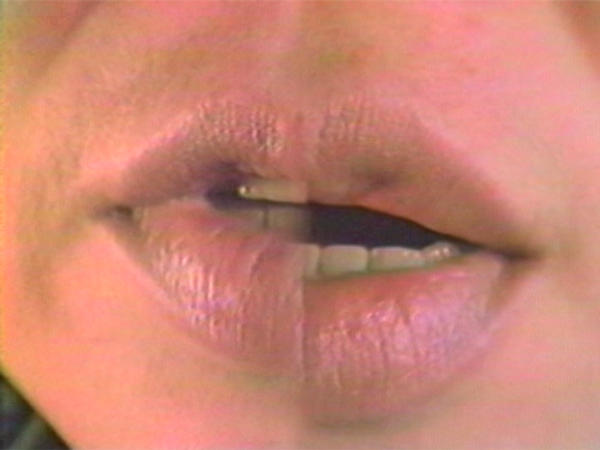
East/West
1984/1987
Video, color, sound
3 min. 31 sec.
Collection and Photo courtesy: M+, Hong Kong
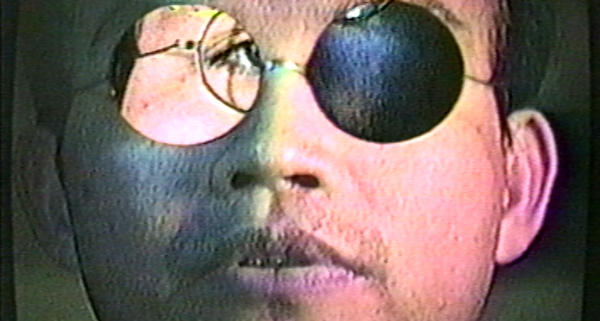
On the Way Home
1989
Video, color, sound
13 min. 29 sec.
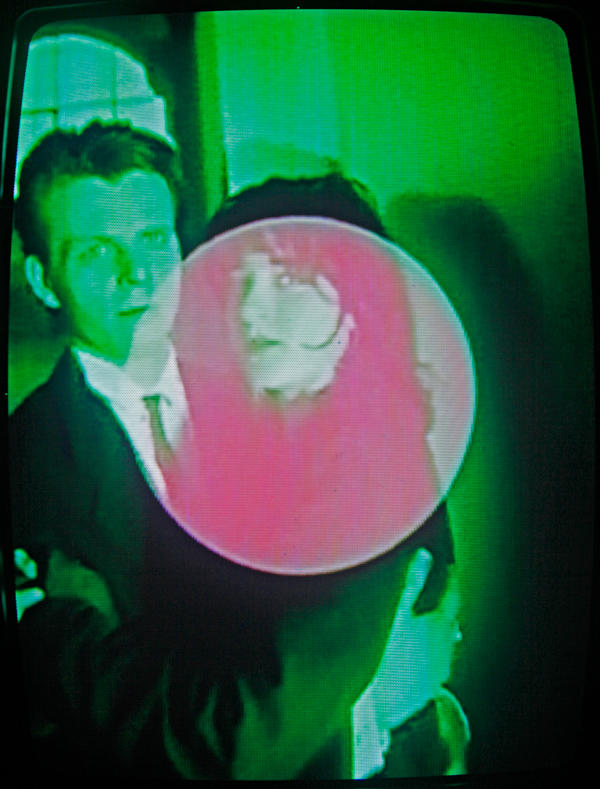
Killer Girl, Odyssee III
1990
Video, color, sound
10 min.

Toll of a bell
1994-1995
Video, color, sound
2 min. 40 sec.
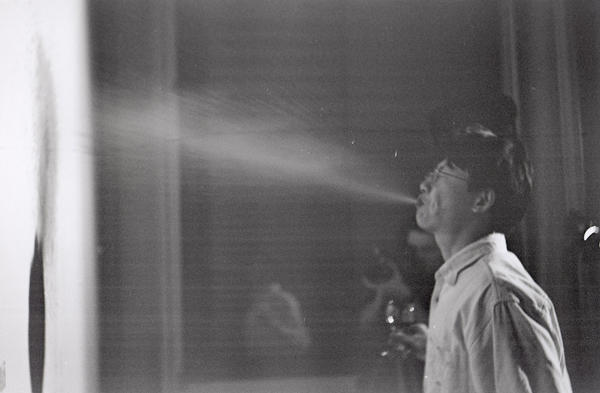
Das Glas II (The Glass II)
1997
Video, color, sound
9 min. 14 sec.
Photo: Sandra Liessmann






 About “MAM Screen”
About “MAM Screen”